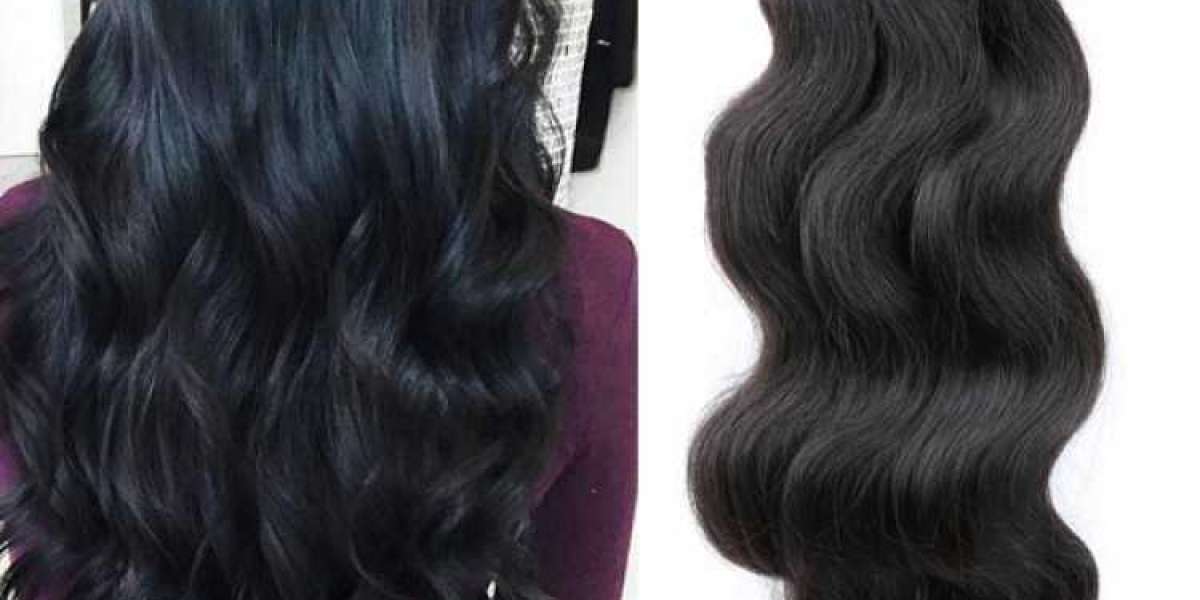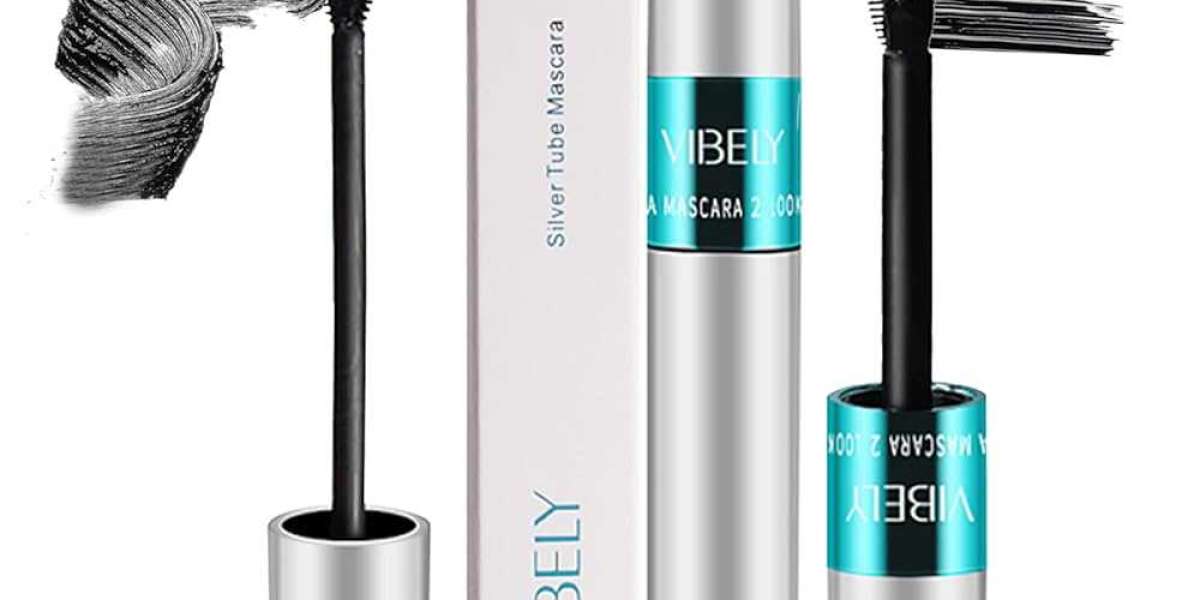Hair extensions have become a versatile and popular accessory, offering individuals the opportunity to experiment with different lengths, textures, and styles. With an array of options available, it's essential to understand the various kinds of hair extensions to achieve your desired look seamlessly.
Clip-In Hair Extensions: Clip-in extensions are a temporary and user-friendly option for those looking to add length or volume instantly. These extensions consist of wefts with clips attached, making them easy to clip into your natural hair. They are perfect for special occasions or those who prefer a non-committal approach to hair extensions.
Tape-In Hair Extensions: Tape-in extensions are semi-permanent and involve attaching wefts of hair to your natural hair using adhesive tape. These extensions lie flat against the head, providing a natural look and feel. They are popular for their seamless integration and ability to be reused with proper care.
Sew-In (Weave) Extensions: Sew-in Ebony hair weave extensions involve braiding the natural hair into cornrows and sewing the extensions onto the braids. This method is ideal for individuals seeking long-lasting results and increased volume. It allows for versatile styling and protects the natural hair as it's neatly tucked away.
Micro-Link (Micro-Bead) Extensions: Micro-link extensions involve attaching small sections of hair to natural hair using tiny beads or links. This method is known for its flexibility and minimal damage to the natural hair. Micro-link extensions are suitable for various hair types and can be adjusted as needed.
Fusion (Pre-Bonded) Extensions: Fusion extensions use a bonding agent, such as keratin, to attach individual strands of hair to the natural hair. This method provides a seamless and natural appearance but requires professional application and removal. Fusion extensions are long-lasting and allow for versatile styling.
Halo Extensions: Halo extensions are a quick and easy option that requires no clips, glue, or tape. A wire, resembling a halo, holds the weft in place on top of the head. This type is perfect for those who want a temporary option without the commitment or potential damage to natural hair.
Wigs and Hairpieces: Wigs and hairpieces offer a comprehensive solution for changing one's hairstyle entirely. They come in various styles, lengths, and materials, catering to different preferences. Wigs are ideal for those who want a transformative look without altering their natural hair.
Synthetic Hair Extensions: Synthetic hair extensions are made from artificial fibers and are a more budget-friendly option. While they may not provide the same level of versatility as natural hair extensions, they come in a wide range of colors and styles.
Understanding the different types of human hair extensions allows individuals to choose the method that aligns with their preferences, lifestyle, and desired look. Whether opting for temporary clip-ins or a more permanent solution like sew-in extensions, the world of hair extensions offers endless possibilities for creativity and self-expression.







